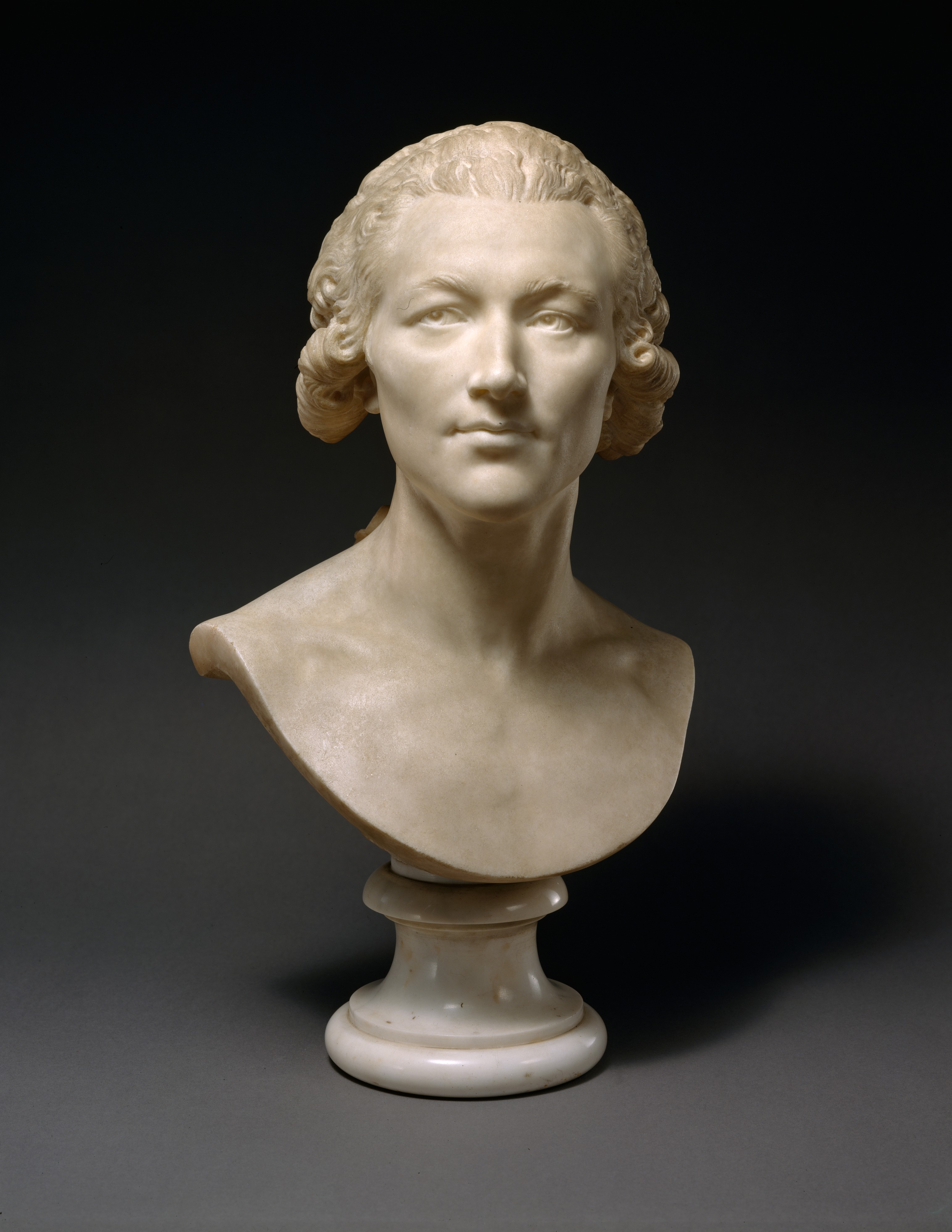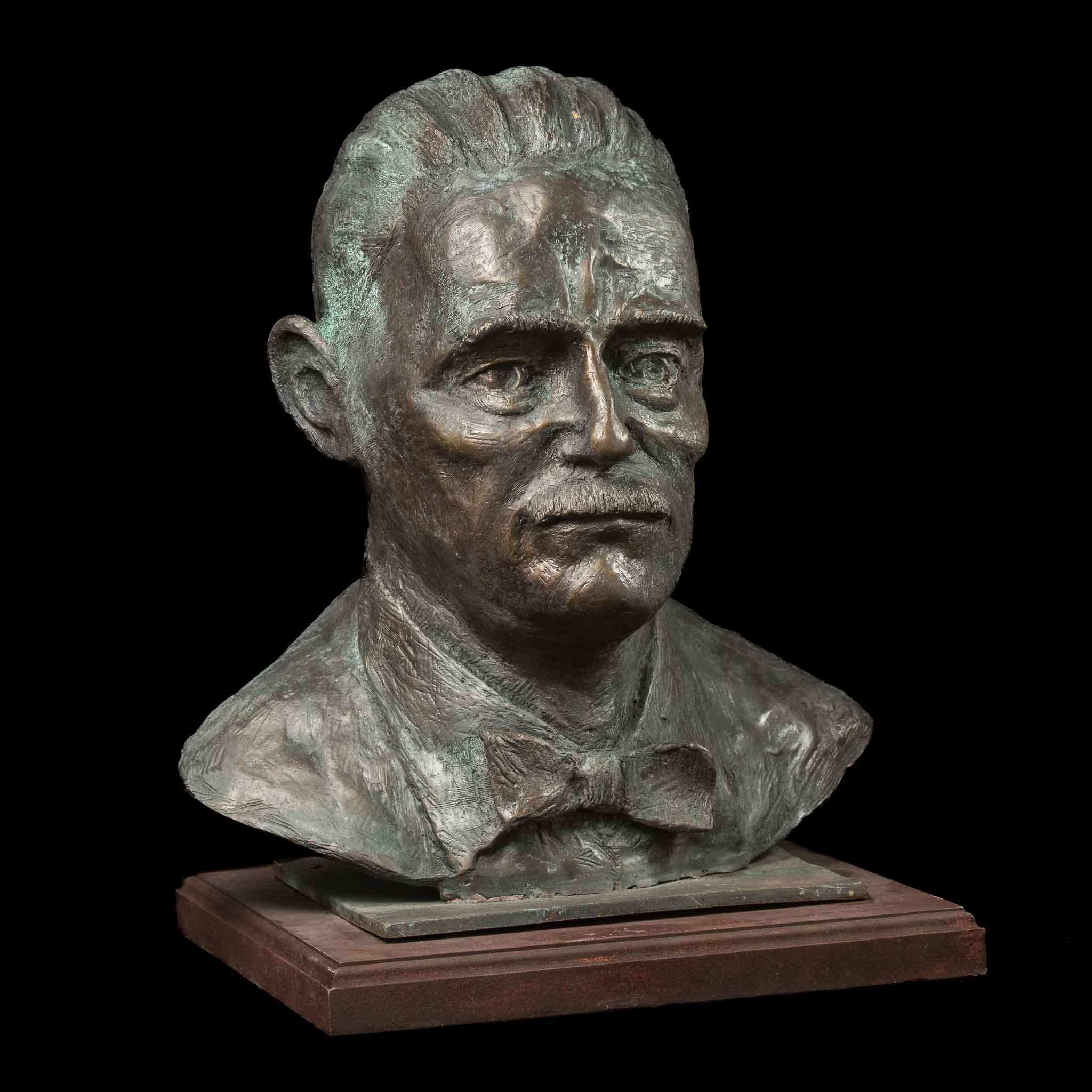Beyond Boundaries: Contemporary Sculptures Redefining Perspectives
Wiki Article
Forming the Human Form: Representations of the Body in Sculpture
Forming the Human Form: Representations of the Body in Sculpture is a detailed exploration of the imaginative depiction of the human body throughout background. This exhibit looks into the various techniques, styles, and cultural point of views that have formed the method artists have represented the human kind in sculpture. From the beautiful marble sculptures of ancient Greece to the elaborate masterpieces of the Renaissance, from the flamboyant and elaborate Baroque and Rococo sculptures to the avant-garde and abstract expressions of modern and contemporary sculpture, this event provides a fascinating journey via the development of this timeless art form - Robert C Hitchcock Sculptor. By examining the varied interpretations and depictions of the body, site visitors will certainly acquire a much deeper understanding of the creative, cultural, and societal impacts that have shaped our understanding of the human kind.Old Greek Sculptures

Among the specifying features of Ancient Greek sculptures is their emphasis on balance. Each part of the body is thoroughly crafted to be symmetrical to the entire, creating a feeling of equilibrium and harmony. The carvers paid careful focus to every information, from the positioning of muscle mass to the positioning of arm or legs, guaranteeing that each number showed up both effective and graceful.
The Greeks likewise valued the principle of idyllic charm. Instead of depicting the imperfections and defects of the human kind, they sought to produce an idyllic variation of fact. The sculptures usually portrayed athletes, gods, and goddesses, with their bodies formed to perfection. Robert C Hitchcock Sculptor. This idyllic representation of the human form not only celebrated physical charm however additionally functioned as a means of inspiring and boosting the visitor.
Renaissance Masterpieces
Proceeding the expedition of the portrayal of the human type in sculpture, Renaissance masterpieces additionally fine-tune the idealized principle of elegance, building upon the in proportion and unified proportions of their Ancient Greek precursors. Throughout the Renaissance duration, which spanned from the 14th to the 17th century in Europe, artists looked for to revive the classical suitables of ancient Greece and Rome. They researched and imitated the jobs of the old masters, striving for a reasonable representation of the body.
One of the most renowned Renaissance artists was Michelangelo Buonarroti. His work of art, the sculpture of David, exhibits the excellence and poise that became identified with Renaissance art. Standing at over 17 feet high, the sculpture represents the biblical hero in a state of calmness before his battle with Goliath. David's muscular figure, captured with remarkable detail, discloses the artist's mastery of human anatomy.
One more remarkable Renaissance sculptor was Donatello. His sculpture of Saint George, developed in the early 15th century, showcases the musician's ability to share toughness and nobility through the human form. The sculpture portrays the legendary dragon-slaying saint in a positioned and certain stance, emanating a feeling of heroism.
Renaissance work of arts not only commemorated the physical charm of the body but also conveyed deeper significances and feelings. Via their precise focus to information and experienced workmanship, Renaissance carvers raised the art of sculpture to new elevations, leaving an enduring legacy that remains to motivate artists to this day.
Baroque and Rococo Sculpture
Rococo and baroque sculpture exhibits the ornate and extravagant portrayal of the human type throughout the 17th and 18th centuries. Musicians such as Gian Lorenzo Bernini and Alessandro Algardi created sculptures that conveyed motion, usually portraying figures in remarkable postures.
Rococo sculpture, on the other hand, visit site emerged as a reaction to the grandiosity of the Baroque duration. They typically represented numbers in sensual and stylish postures, reflecting the laid-back and whimsical nature of the Rococo style.
Both Rococo and baroque sculpture put a fantastic focus on the human form, commemorating its beauty and sharing a range of emotions - Bronze Sculptures. Whether it was the effective and vibrant numbers of the Baroque or the graceful and enchanting figures of the Rococo, these sculptures recorded the significance of the human experience, leaving an enduring effect on the art globe
Modern and Contemporary Sculpture
The development of sculpting the human type proceeds in contemporary and modern sculpture. Modern sculpture emerged in the late 19th century as a feedback to the altering social and political landscape.In the 20th century, the rise of abstraction and conceptual art brought brand-new possibilities for carvers. Musicians like Henry Moore and Barbara Hepworth explored the connection in between kind and room, creating natural and abstracted numbers that tested typical concepts of depiction. Moore's huge bronze sculptures and Hepworth's carved rock works are celebrated for their innovative use products and their capacity to stimulate a sense of the human body in a non-literal way.
Contemporary sculpture remains to press the boundaries of representation and discover new products and techniques. Artists like Antony Gormley and Ron Mueck develop hyper-realistic sculptures that test our assumption of the body, while others, such as Louise Bourgeois and Kiki Smith, use the body as a metaphor for personal and collective experiences. The human form stays an effective subject in sculpture, providing a system for musicians to explore identity, emotion, and the human condition.
Social Viewpoints on the Body

In the expedition of forming the human kind, the examination of social point of views on the human body reveals a diverse and abundant tapestry of analyses and representations. Throughout history, various societies have held unique ideas and values concerning the human body, causing unique artistic expressions - Figurative Sculptures. These social viewpoints shape the way the human body is portrayed and viewed in sculpture, mirroring societal norms, faiths, and aesthetic suitables
For circumstances, old Greek sculptures celebrated the idealized human form, stressing physical elegance and athleticism. In comparison, ancient Egyptian sculptures focused on the preservation of the body in the immortality, illustrating figures with rigid postures and idyllic attributes.
Likewise, cultural perspectives on the body in African art usually highlight communal identification and spiritual ideas (Equine Sculptures). Sculptures from different African cultures show the human body with exaggerated attributes, representing genealogical links and social values. Aboriginal societies in the Americas also have one-of-a-kind point of views on the human body, commonly portraying it in a spiritual context and emphasizing the link between people and nature
The examination of cultural viewpoints on the human body in sculpture permits us to acquire understanding into the worths, beliefs, and appearances of different cultures throughout history. It highlights the variety of human experiences and the ways in which art shows and forms our understanding of the human form.

Final Thought
To conclude, the representation of the body in sculpture has advanced gradually, reflecting various imaginative motions and cultural point of views. From the idealized numbers of Ancient Greek sculptures to the stirring and reasonable Renaissance work of arts, and the elaborate information of Baroque and Rococo sculptures, to the abstract and experimental kinds of modern and modern sculpture. The human body has been a subject of attraction and artistic expedition throughout history, showcasing the diverse analyses and expressions of the human form.Forming the Human Form: Portrayals of the Body in Sculpture is a comprehensive exploration of the imaginative representation of the human body throughout background. From the exquisite marble sculptures of ancient Greece to the detailed masterpieces of the Renaissance, from the flamboyant and luxuriant Baroque and Rococo sculptures to the progressive and abstract expressions of modern-day and contemporary sculpture, this exhibit supplies a captivating journey via the evolution of this timeless art type. Musicians like Antony Gormley and Ron Mueck create hyper-realistic sculptures that challenge our understanding of the human body, while others, such as Louise Bourgeois and Kiki Smith, make use of the body as a metaphor for personal and collective experiences. The human form remains a powerful topic in sculpture, giving a system for artists to explore identity, emotion, and the human problem.
From the idyllic numbers of Old Greek sculptures to the emotive and reasonable Renaissance work of arts, and the detailed information of Baroque and Rococo sculptures, to the abstract and speculative kinds of modern and contemporary sculpture.
Report this wiki page